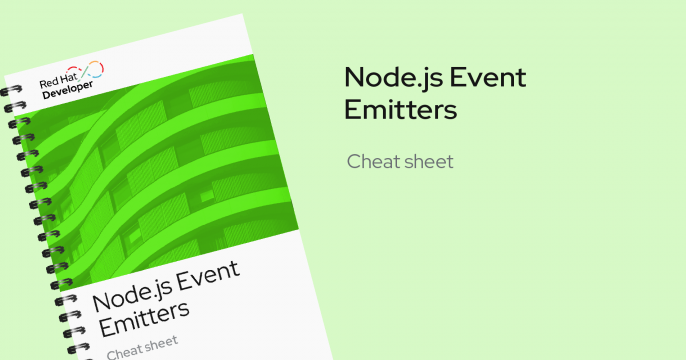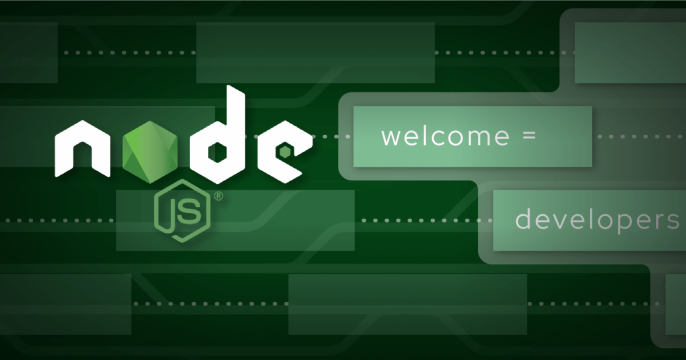Event-driven architecture and Node.js
Node.js's non-blocking, event-driven architecture guarantees efficient handling of simultaneous requests and quick response times.

What is event-driven architecture (EDA)?
Event-driven architecture (EDA) is based on asynchronous non-blocking communication between event producers and event consumers that release the resource consumption while waiting for the response to return. Events enhance the decoupling of now well-defined bounded context (DDD) services technically and at runtime becoming the first architectural consideration for cloud and container-native distributed systems. Because more communication patterns are available, multiple consumers can receive events, simultaneously lowering the latency and increasing the throughput.
Why do developers use Node.js for EDA?
Node.js is an asynchronous event-driven JavaScript runtime. This combination allows developers to build highly scalable and performant applications. Node.js also makes a great runtime for cloud-native applications because of its fast startup time and event-driven nature.
Get started with Node.js and events


Find out why reactive systems are especially easy to implement with Node.js,...
